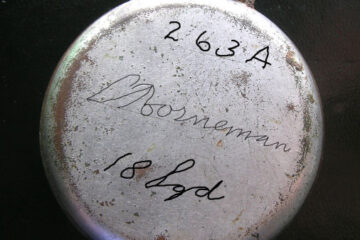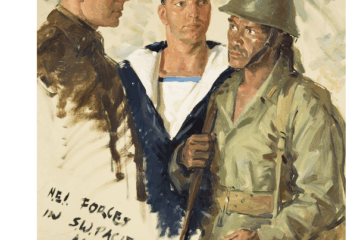See the profiles and stories of Joop van Doorn and Hans de Vries and Max Horstink.
Click here for more information on the 18 Squadron Nederlands East Indies Royal Australia Air Force
The following information with thanks to TracesOfWar.
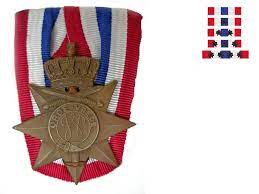
Sidney Rudi de Kadt evaded from occupied country the Netherlands to Portugal and then the United States. There he joined the Dutch forces and eventually was stationed with the Forces of the Netherlands-East Indian Air Corps. After the Japanese occupied the Dutch East Indies, he fled to Australia and afterwards was trained for air duty in the United States, Fort Leavenworth. After training he joined the No. 18 (NEI) Squadron RAAF with whom he served 37 operational sorties. He was honorably discharged in 1946.For his service after World War Two he received the “Ereteken Orde en Vrede”.He has displayed courage, determination and capability during the Japanese offensive in Burma in May 1942, by frequently piloting an unarmed and unfamiliar aircraft flying photgraphic missions at great height up to 1.000 miles deep over enemy held territory in order to enable aircraft of the U.S. Air Force to succesfullty execute bombing missions.
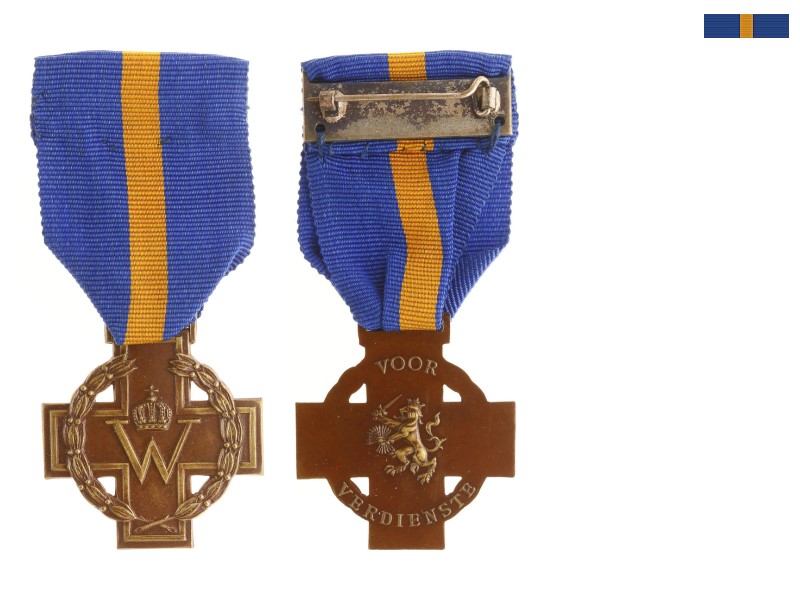
He distinguished himself in the fight by excellent actions of courage, policy and faithfully in the period of February 27, 1944 up to September 22, 1944. He personally took part in a large number of operational escapes with the No. 18 (NEI) Squadron RAAF bombers from Australia to the enemy occupied areas in the South Molukken, on Timor and Flores and on Islands in the Banda Sea and the Arafoera sea, and also on New-Guinea.
He joined the KNIL (Royal Netherlands East Indies Army) in 1936. Some time between 1937 and 1940, he is transfered to the KNIL Military Aviation (ML) where he becomes wireless operator/gunner on the Glenn Martin bomber N545.
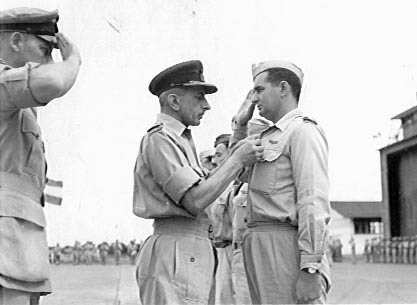
On February 19th 1942, during a bombing raid with three Glenn Martins over the oil depot of Pladju, flown from Palembang airbase, the crews behaved bravely. The same day he shot down Japanese Zero during an air raid on Palembang airfield. Later he received the Bronze Cross for this action.
In March 1942, Hendrik Johan Burgers succeeds in escaping from the Japanese and getting away to Australia in an airplane flown by René Witterd de Hoogland. From 1942 to 1945, H.J. Burgers serves with No. 18 (NEI) Squadron RAAF.
After World War 2, Hendrik Jan marries Nora Hevel in Nijmegen, December 29th, 1945.
1946 the family is posted to the airbase of Tjilitan during the struggle against Indonesian independence.
They have two sons: Robert Harry, born October 18th 1946 in Nijmegen and Ernie, born June 23rd 1949 in Tjilitan.
Hendrik Jan ends his military career as a sergeant-major and the family moves to Australia.
Hendrik Jan dies August 17th, 1987 in Orange District Hospital, New South Wales, Australia.
Kapitein Vlieger-Waarnemer (Flight Lieutenant) No. 18 (NEI) Squadron RAAF.
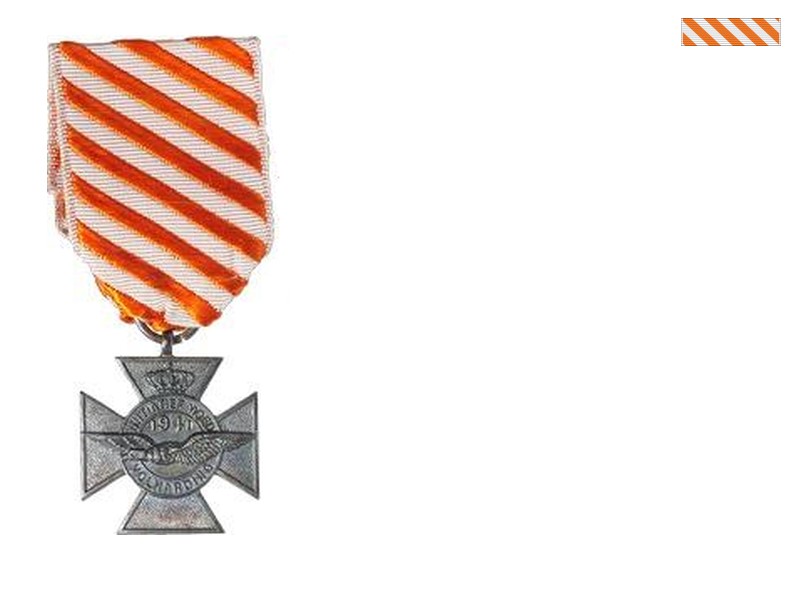
He has distinguished himself by displaying initiative, courage and perseverance against the enemy.
He has, as section commander as well as leader of a fighter-patrol, on a number of occasions in February and March 1942 fearlessly engaged numerically superior enemy fighters near Bandung, repeatedly causing severe damage to the enemy and sometimes managing to reach the ground in a bullet-riddled aircraft, although remaining unhurt himself. (Royal Decree no. 63 dated 9 January, 1948)
Everhardus Johannes Gerhard te Roller
Luitenant-kolonel-vlieger-waarnemer No. 18 (NEI) Squadron RAAF.
Posthumously awarded the Bronzen Kruis (NL) and the Legion of Merit (USA)
Chinees Militie-sergeant der eerste klasse-schutter der militaire luchtvaart No. 18 (NEI) Squadron RAAF.
Posthumously awarded Vliegerskruis 1949
Reserve Eerste Luitenant-Vlieger-Waarnemer No. 18 (NEI) Squadron RAAF.
Killed in a plane crash on September 4th, 1945 (Muntjoa, a/b Vliegtuig N5-255).
Awarded the Vliegerskruis.
Pieter Cornelis André de La Porte
Reserve-Kapitein Vlieger-Waarnemer No. 18 (NEI) Squadron RAAF.
He has displayed courage, determination and capability during the Japanese offensive in Burma in May 1942, by frequently piloting an unarmed and unfamiliar aircraft flying photographic missions at great height up to 1.000 miles deep over enemy held territory in order to enable aircraft of the U.S. Air Force to successfully execute bombing missions.
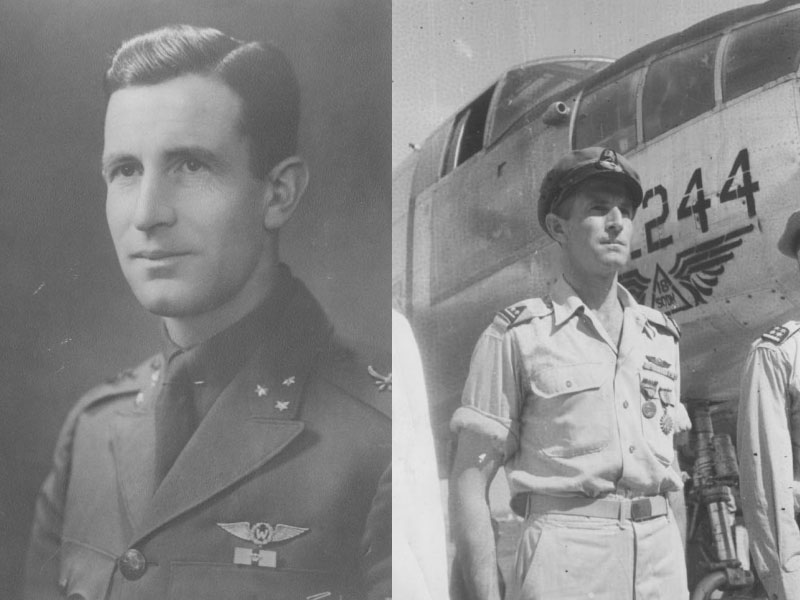
Born on 15th December 1904 in Haarlem. He served as reserve-waarnemer with the Militaire Luchtvaart of the Koninklijk Nederlands-indisch Leger. After the Japanese forces occupied the Dutch East Indies he went to Australia and there took part in operations of the No. 18 (NEI) Squadron RAAF.
Reinier Jessurun stayed serving in the Dutch East Indies after the war and was killed in an air crash at Kroja, Indonesia on 14th May 1949. In his commemoration the Dutch Royal Air force named a military complex in Soestduinen near the airbase Soesterberg the Jesserunkamp.
Promotions:
13th August 1928: Reserve-tweede Luitenant-waarnemer der Artillerie.
25th August 1944: Kapitein-waarnemer ML-KNIL.
28th May 1945: tijdelijk luitenant Kolonel-waarnemer ML-KNIL.
Career:
28th May 1945 – 27th February 1948: Commandant No. 18 (NEI) Squadron RAAF.
1st March 1948 – 17th April 1948: waarnemend Commandant ML-KNIL.
Eerste luitenant-kortverband-vlieger (Flying Officer) No. 18 (NEI) Squadron RAAF.
As commander and director of fire of a patrol of 3 aircraft while executing a bombardment on February 18, 1943 being attacked by a Japanese fighter and by fine control of fire managing to have this fighter shot down. Shortly afterwards, being attacked by 3 enemy fighters and as he noticed one of the aircraft of his patrol was unable to stay in formation due to damage by bullets and the enemy aircraft were concentrating their fire of this aircraft, he came to the rescue of the stricken aircraft and chased the enemy away.
Reserve-Tweede Luitenant-Waarnemer No. 18 (NEI) Squadron RAAF.
He has distinguished himself in combat against the enemy by acts of initiative, courage and endurance, serving as observer of a single bomber during a hazardous reconnaissance mission on October 8, 1943 near Waingapu (Sumba), under continual attacks by a superior number of enemy fighters, his own aircraft being severely damaged in various places, having courageously engaged the enemy with machinegun fire causing losses, despite his own injuries.
After having ditched at sea, whereby the pilot was killed, having lost his life during the subsequent long and adventurous journey.
